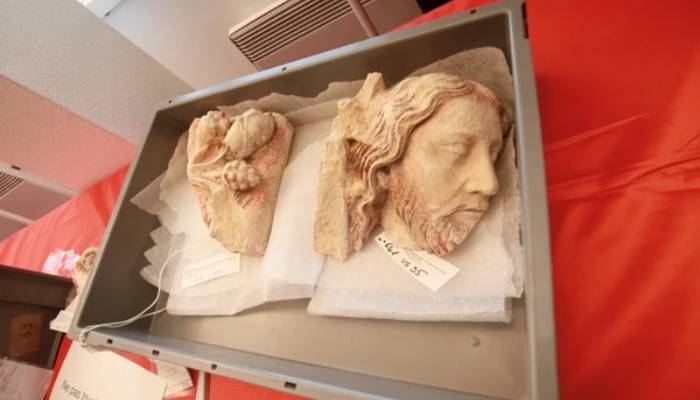
Notre-Dame Cathedral, a Gothic masterpiece and one of the Paris’ most cherished and visited landmarks reopened to both tourists and Catholic worshippers on Saturday, December 8, following significant damage from fire in 2019.
A recent report revealed some interesting and noteworthy aspects of the church.
As per GB News, the archaeological team from the French National Institute for Preventative Archaeological Research has uncovered an exceptional collection of 1,035 historic artwork fragments beneath the Notre Dame Cathedral stone floor during required archaeological surveys.
As per the outlet, the archaeological team was originally allotted just five weeks to excavate no deeper than 16 inches beneath the cathedral’s floor but the surprising wealth of discoveries caused authorities to extend the excavation for more than two months.
Lead archaeologist Christophe Besnier told National Geographic, "The remains turned out to be much richer than expected. It's very impressive.”
Among the most notable finds were the fragments of a 13th-century rood screen, a masterpiece Gothic painted sculpture that once stood 13 feet tall near the cathedral’s entrance.
Another remarkable find included several 13th-century sculpted heads and toros, with one of the pieces being an incredibly detailed depiction of Christ.

"This particular sculpture is really exceptional in its finesse, its attention to detail. The rendering of the eyelids, the ears, the nose—it's incredible", said Besnier.
The team also uncovered traces of mediaeval building techniques, such as rope holds for transporting materials along the Seine River and iron clamps used to bind the stones.

These iron clamps which date back to when Notre Dame was originally built in 1163, provide evidence that Notre Dame was the first Gothic cathedral to use iron as a building material.
In addition to this, almost 100 previously undiscovered graves were found, increasing the total number of burials at Notre Dame to over 500.















